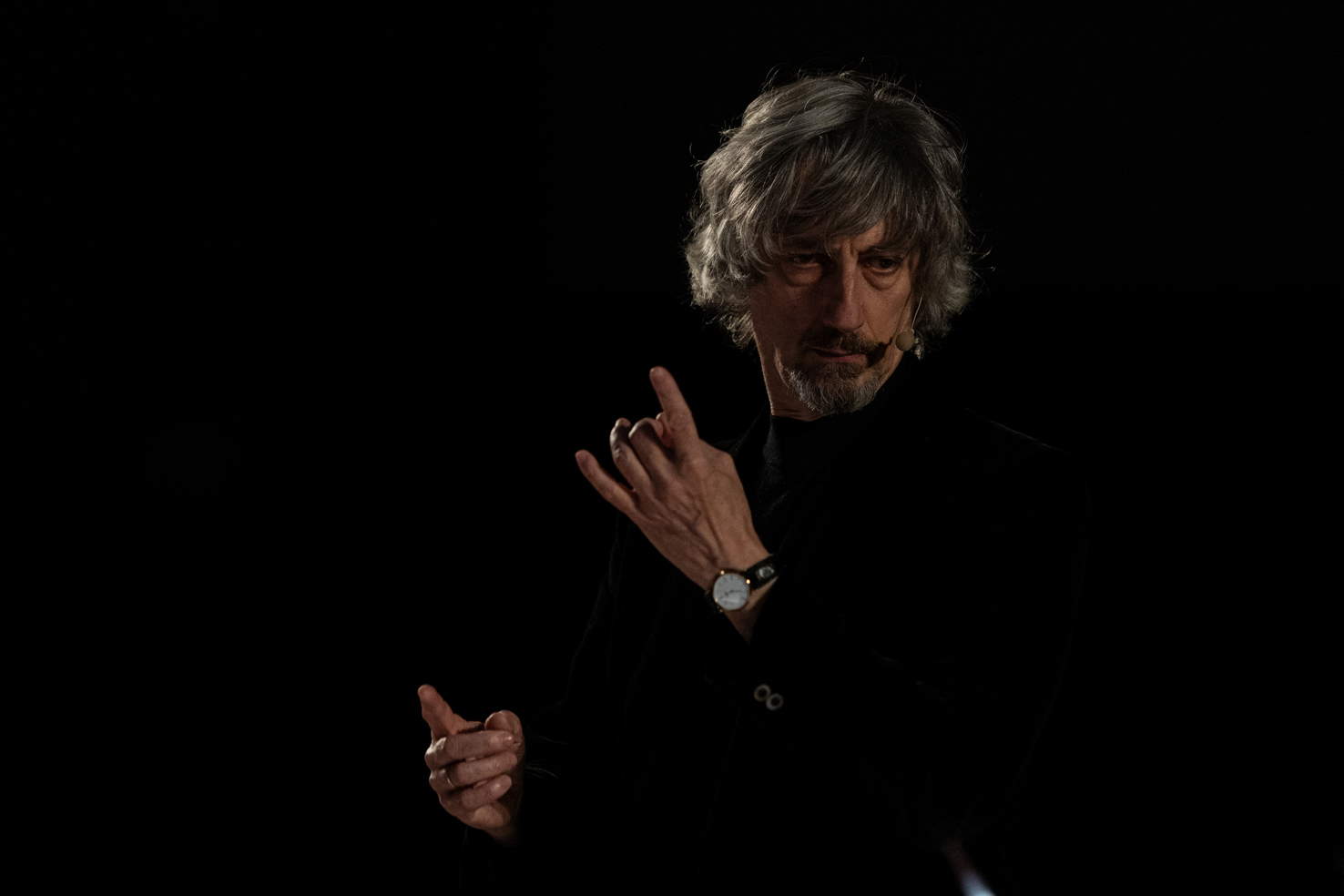An important fragment of Antonio Vivaldi’s opera La Costanza Trionfante, long thought to have been lost, now returns to light thanks to the discovery of musicologist and conductor Federico Maria Sardelli, among the leading Vivaldi experts internationally.
He has managed to track down and reconstruct as many as 18 arias, a considerable portion representing about one-third of the work, making it possible to restore a significant part of this masterpiece, an expression of the Venetian composer’s most fruitful creative season. This is an event of extraordinary musicological and cultural significance, which will be celebrated in Lucca, a city that has always been linked to music, through two events: a study conference, scheduled for Thursday, Oct. 16 at 3 p.m. at the Cappella Guinigi of the Complesso di San Francesco, and a premiere concert on Sunday, Oct. 19 at 9 p.m. in the Church of San Francesco.
The exceptional nature of the discovery prompted the Fondazione Cassa di Risparmio di Lucca, which for years has been committed to the enhancement of musical and artistic heritage, to support and promote the project, which includes not only the conference and concert, but also the first recording of the work.
Antonio Vivaldi, among the world’s best-known and best-loved composers, did not enjoy in his lifetime the fame he is surrounded by today. For a long time, in fact, his output fell into oblivion until musicological research brought its value and extent to light. Even today, his oeuvre represents a vast field of investigation, almost a musical “archaeological excavation,” which continues to yield surprising finds. Indeed, of the ninety-four works Vivaldi claimed to have composed, less than a quarter remain.
After decades of studying Vivaldi’s sources and editing his Catalogue (RV), Federico Maria Sardelli has succeeded in tracing and reconstructing 18 arias from La Costanza Trionfante, thus restoring a substantial fragment of a work considered lost. This reconstruction now allows an organic and coherent view of the work, offering the possibility of an organic and unprecedented performance after three centuries of oblivion.
The starting point was the discovery in 2001 of seven arias in Berkeley Castle, England. From there, Sardelli progressively identified additional sources, scattered in different libraries, and discovered arias reused by Vivaldi in later works and fragments circulated by singers of the time, which later found their way into repertoires of other composers.
The study conference, open to the public and scholars, will be held on Thursday, Oct. 16, at 3 p.m. in the Guinigi Chapel of the San Francesco Complex. Together with Maestro Federico Maria Sardelli, Lorenzo Mattei and Alberto Batisti, specialists in eighteenth-century opera theater and Vivaldi’s production, will speak to explore the historical, musical and dramaturgical value of the discovery.
On Sunday, Oct. 19, at 9 p.m. in the Church of St. Francis, the public will be able to attend the premiere concert of the rediscovered arias. Leading the Modo Antiquo Baroque Orchestra will be Federico Maria Sardelli himself, joined by exceptional soloists: soprano Valeria La Grotta, mezzo-soprano Cecilia Molinari and tenor Valentino Buzza. Admission to the concert is free, with online reservations available at www.fondazionecarilucca.it starting at noon on Wednesday, Oct. 15.
Pictured is Federico Maria Sardelli.
 |
| Revival of a Vivaldi masterpiece: important fragment of La Costanza Trionfante rediscovered |
Warning: the translation into English of the original Italian article was created using automatic tools. We undertake to review all articles, but we do not guarantee the total absence of inaccuracies in the translation due to the program. You can find the original by clicking on the ITA button. If you find any mistake,please contact us.